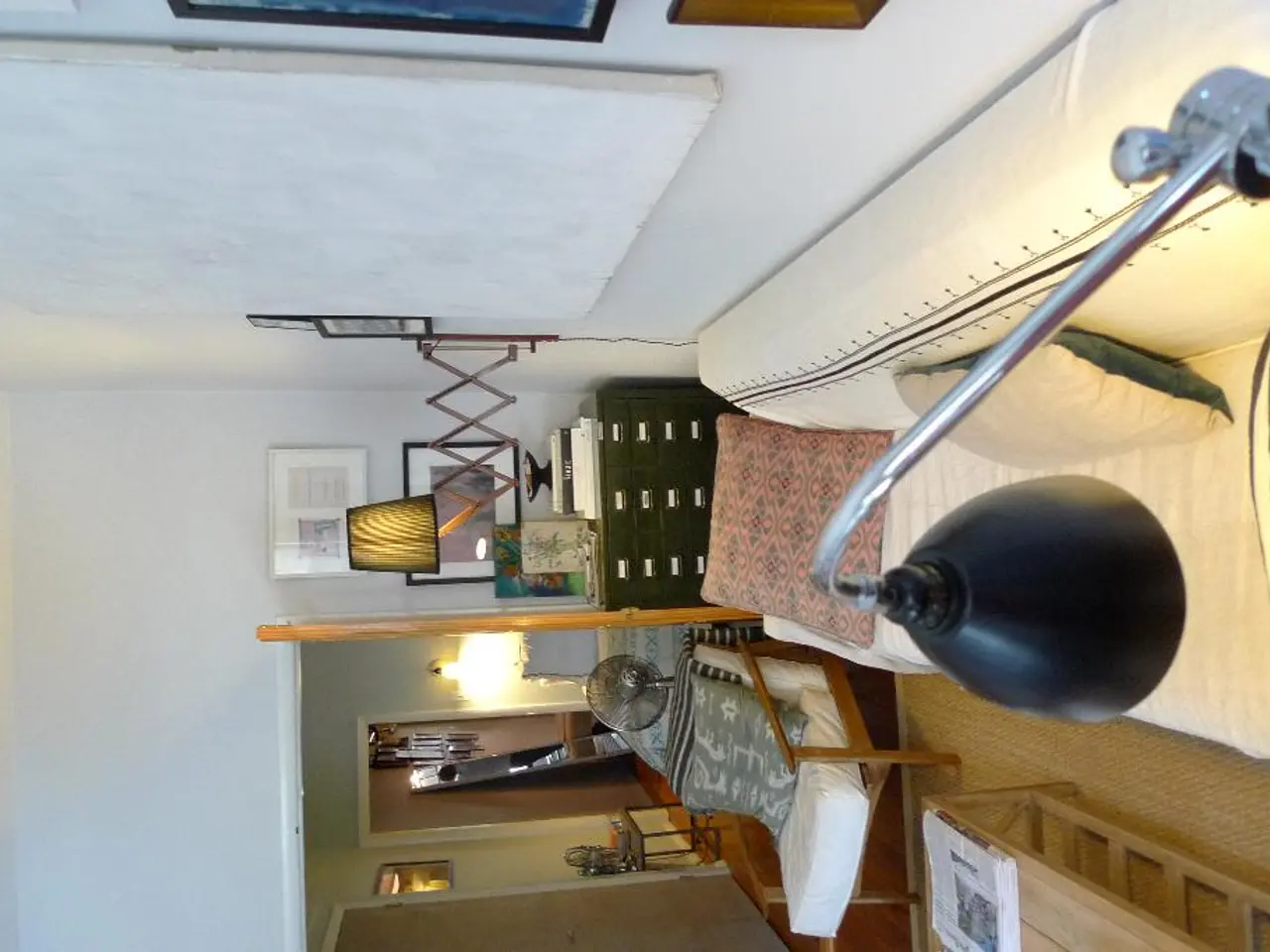Expanding a Living Room's Sense of Space
Making a Living Room Feel Spacious: Top Design Tips
A well-designed living room can not only be visually appealing but also make the space feel more spacious. Here are some key design factors and tips to achieve this:
Color Palette
Choose light, neutral shades such as white, cream, light grey, or soft pastels for walls and major furniture pieces. This will help reflect light and visually enlarge the space. Avoid dark colors except as small accent touches.
Furniture Arrangement
Float furniture a few inches away from the walls instead of pushing it against the edges. This creates breathing room and avoids making walls feel narrower. Use modular or multi-functional pieces to maximize flexibility without crowding.
Lighting
Use layered lighting at different heights—ceiling lights, wall sconces or floor lamps at eye level, and table lamps or LED strips lower down—to add warmth and dimension, preventing a flat feeling.
Defining Zones
Separate your living room into distinct functional areas (like reading nook, entertaining space) using rugs, furniture placement, or low shelves. This organizes space visually, especially useful for open plans or smaller rooms.
Use of Mirrors and Materials
Position a large mirror opposite a window or on the longest wall to double the light and depth. Mixing different materials and textures (soft upholstery, wood, metal accents, woven baskets) adds interest without clutter.
Minimal Decor Approach
Follow the "less is more" philosophy by keeping surfaces clear, avoiding many small decorative items, and favoring fewer impactful pieces like one large artwork or tall plants to maintain an airy feel.
Storage Solutions
Incorporate hidden or vertical storage like wall-mounted shelves or ottomans with storage to reduce clutter and keep the floor space clear.
By implementing these strategies, you can create a living room that feels open, comfortable, and stylish without sacrificing function or personality.
Psychological Impact
The psychology of a room's design can significantly impact how one experiences the space, not just its physical dimensions. A clutter-free room helps the mind feel unburdened, making the space feel spacious.
Multipurpose Furniture
Minimal visual clutter in a living room helps reset the space and lower the visual noise. Multipurpose furniture with concealed storage saves square footage and keeps the room feeling clean.
Starting with One Design Element
Starting with one design element can help the rest of the space follow suit, making the space feel easy to live in. For example, choosing a light color for the walls can set the tone for the rest of the room's design.
By focusing on light colors for walls and large furniture, floating furniture away from walls, and layered lighting, you can create a living room that feels spacious and inviting. Incorporating clear functional zones, using furniture with slim or open legs, and employing mirrors opposite windows can further enhance this effect.
An well-thought-out living room design, with its focus on light colors, floating furniture, and layered lighting, not only contributes to a spacious feel but also aligns with a minimalist lifestyle approach. Intentionally placed mirrors can further aid in amplifying the light and perceived depth of the space, thus mirroring the home-and-garden 'less is more' philosophy within the interior-design realm.




